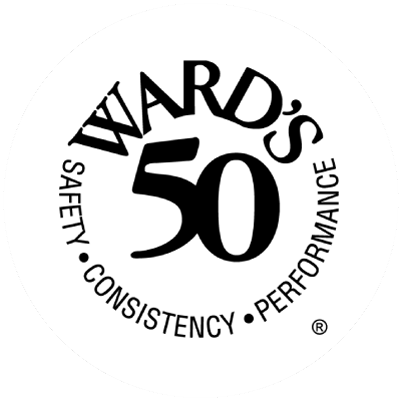Carbon Monoxide Safety
According to the CDC, accidental carbon monoxide (CO) poisoning kills 430 people in the United States each year, with an additional 50,000 Americans visiting the emergency room with carbon monoxide poisoning symptoms.
When we turn on our furnaces, heaters, and generators at our homes and businesses in the colder months, the risk of CO poisoning increases, making winter a particularly dangerous season! Between 2010 and 2015, 36% of carbon monoxide deaths occurred in December, January, or February.
Protect Yourself & Others
“[Carbon monoxide] is called the “silent killer” because it is colorless, odorless, tasteless and non-irritating,” according to the New York State Department of Health.
While CO poisoning poses a threat to anyone, it is particularly dangerous to vulnerable populations such as the elderly and young children. Thankfully, though, CO poisoning is preventable.
Know the Signs of Carbon Monoxide Poisoning
By knowing the signs of carbon monoxide poisoning, you can keep yourself and others safe and prevent serious illness or death. If you suspect that you or someone else has CO poisoning, call 911. It’s important to act quickly; one of the symptoms of CO poisoning is confusion, so your decision-making skills or ability to get help might diminish the longer you wait (New York State Department of Health).
According to the CDC: “The most common symptoms of CO poisoning are headache, dizziness, weakness, nausea, vomiting, chest pain, and confusion.”
These aren’t the only symptoms of CO poisoning, however. At first, symptoms may feel similar to the flu. At the beginning stages of exposure, symptoms may also include “loss of muscle control, shortness of breath, visual changes, sleepiness, fluttering of the heart, and redness of the skin.”
Carbon Monoxide Safety Tips
Here are some CO prevention tips from the CDC, the NYS Department of Health, and other sources to help you, your coworkers, your customers, and your loved ones stay safe this winter!
- Check your CO detectors regularly.
- You should have a carbon monoxide alarm on every floor of your home, and replace detectors every five to six years.
- Similarly, you should have a carbon monoxide detector on each floor, in hallways, and in stairwells of your commercial property.
- Have furnaces and other heating systems serviced each year by a professional technician.
- Do not leave a car running in the garage, even if the garage door is open.
- Make sure the car’s exhaust is not blocked by snow.
- Do not use a generator inside. Keep generators more than 20 feet from the building when in use.
- Never use a gas oven to heat your home or business.
- If you believe you are experiencing symptoms of CO poisoning, get outside and call 911.
*This article was adapted from an earlier version originally shared by Merchants on January 20, 2019. It was last updated on January 7, 2025.



